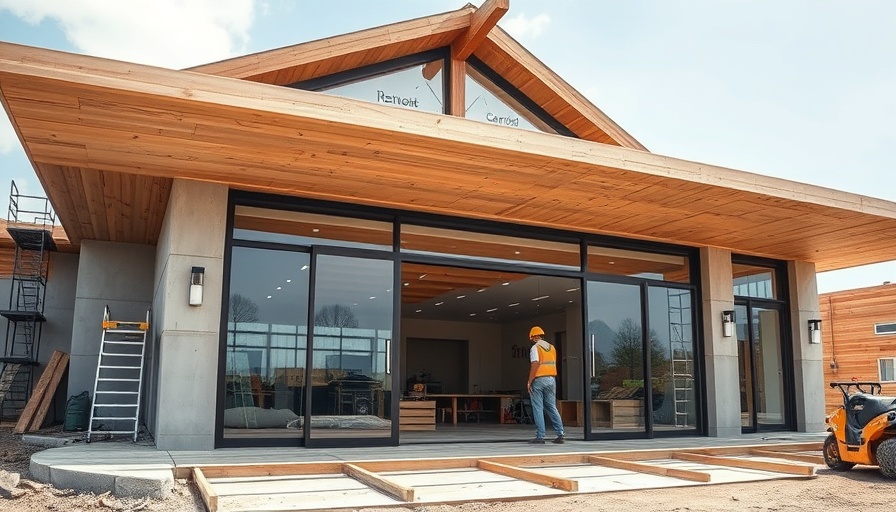
Big Doors: A Grand Design Element for Any Home
When homeowners consider home upgrades, few elements are as visually striking and impactful as oversized doors. Whether it’s a grand double door or a stunning pivot door, large doors not only enhance the aesthetics of a home but also serve practical purposes. As homeowners increasingly prioritize unique design features, understanding the value and functionality of big doors is essential.
Understanding the Appeal of Large Entryways
Large doors create statement entrances that command attention and set the tone for the rest of the home. They go beyond mere functionality by transforming entryways into dramatic highlights of a property. Oversized doors are often seen in luxury homes and modern constructions, where they complement expansive entryways, high ceilings, and other architectural features.
According to the experts at Cambek Designer Doors, designing oversized entryways involves considerations of scale and visual proportion. The choice of a standard-sized door can often make a grand entrance feel diminished. To achieve harmony within the larger space, custom doors that incorporate elements like sidelights and transoms help create a balanced look, allowing natural light to cascade in while emphasizing the artistic value of the entry.
Pivot Doors: The New Standard in Elegance
Among the most refined options for oversized entryways are pivot doors. Unlike traditional hinged doors, pivot doors are affixed to a vertical spindle and rotate open, providing a seamless interaction between indoor and outdoor spaces. Their size alone creates an unforgettable impression. Designers emphasize that a well-crafted pivot door not only serves as a grand entrance; it also enhances accessibility and natural lighting in the home.
As detailed by the specialists at Clark Hall Doors, these doors can range from 80 to over 116 inches in height, offering personalization for every home’s design language. Homeowners can select materials based on their desired aesthetic - from solid wood options that lend a rustic charm to modern glass and steel pivot doors that fit minimalist designs perfectly.
Advantages of Large Pivot Doors for Homeowners
Investing in large pivot doors offers a multitude of benefits, making them a worthwhile upgrade for many homeowners:
- Accessibility: Large pivot doors are surprisingly easy to open, thanks to their unique design, making them accessible for everyone.
- Natural Light: Their expansive glass panels invite ample sunlight, illuminating indoor living areas and creating a welcoming environment.
- Enhanced Flow: The architectural elegance of pivot doors enhances the flow between spaces, achieving continuity that traditional side-hinged doors may struggle to match.
Customization: Crafting Your Dream Entryway
The beauty of designing oversized doors lies in their customizability. Homeowners have the freedom to tailor every aspect, from the material to the finish, ensuring that their entryway reflects personal tastes and harmonizes with the home’s architecture.
For example, Cambek Designer Doors provides consultation services to help visualize a door’s impact during the design phase. Furthermore, homeowners can choose panel arrangements, incorporate high-performance glass, and select premium wood varieties like cedar or fir—ensuring that the final product stands the test of time.
Conclusion: Create a Lasting Impression
Opting for oversized doors can dramatically shift the atmosphere of a home, providing not only aesthetic value but also practical benefits. As the trend towards bespoke design continues to flourish, embracing the possibilities offered by large and elegantly crafted doors is a step in the right direction.
Thinking about a home upgrade? Explore your options with professional door designers who can assist in crafting a custom solution that elevates your space—offering beauty, functionality, and lasting value.
 Add Row
Add Row  Add
Add 


Write A Comment